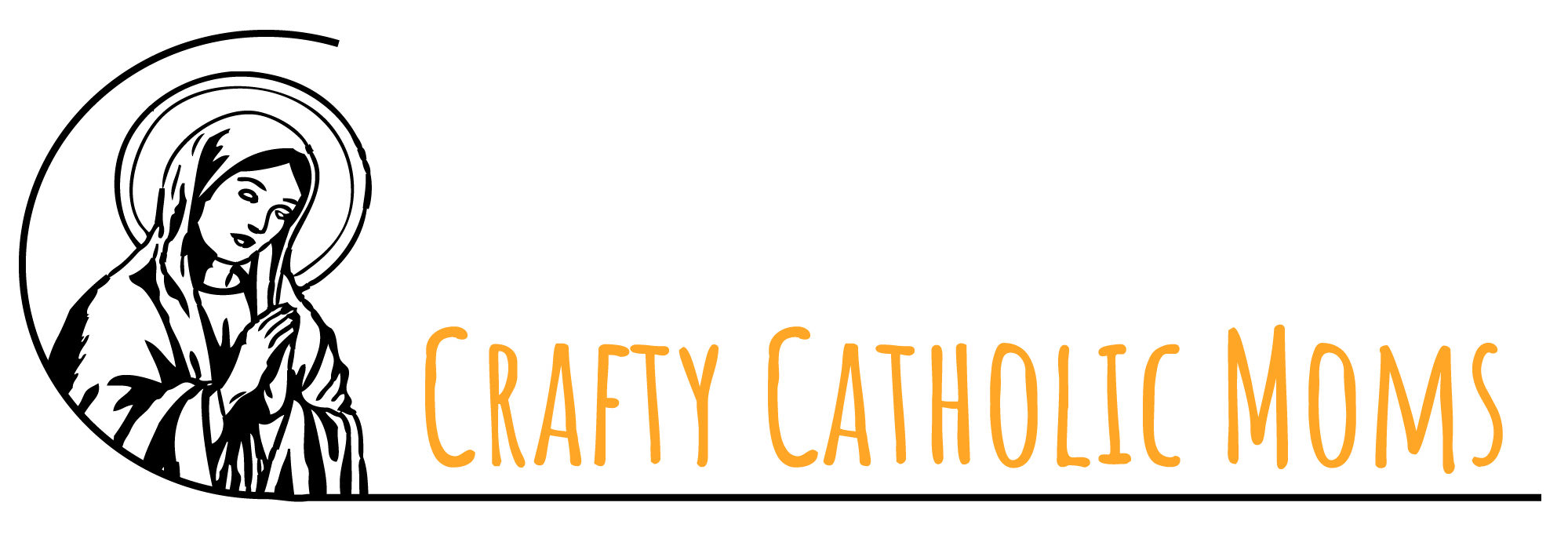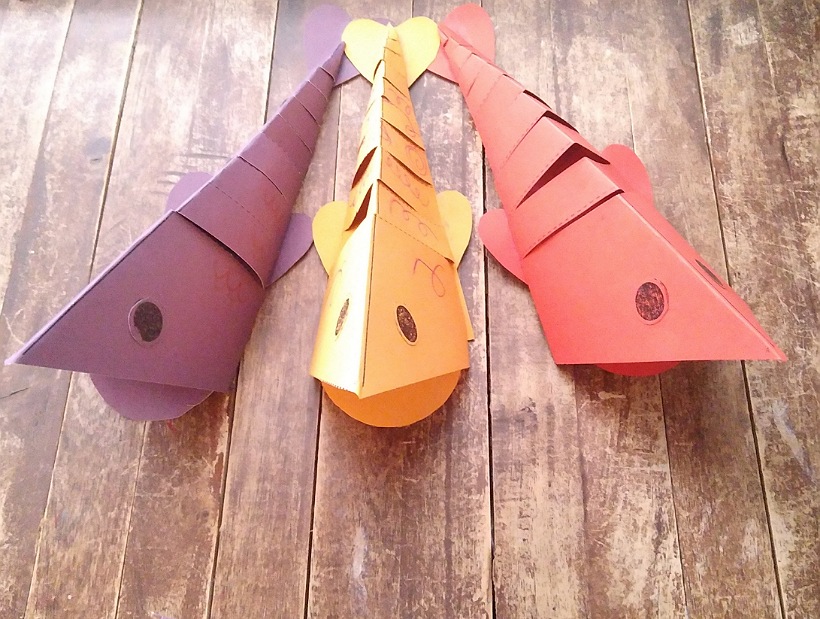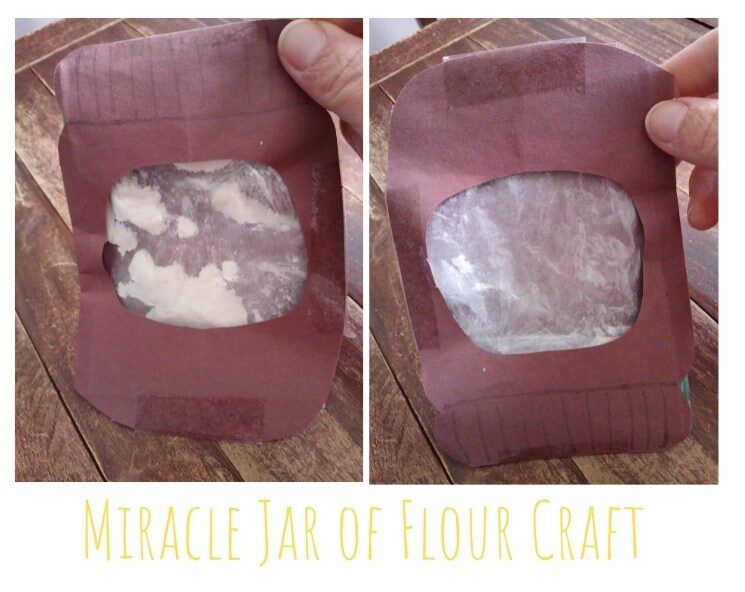Easter is the most joyful celebration in the Catholic Church, our Christ is risen! We are filled with hope and eagerness to live out the Baptismal promises we have renewed. We need that joy even more this year as we endure some unexpected penances, including restrictions on Mass attendance due to Coronavirus. I feel more than ever the need to have a strong Catholic vision and bring Christ into our homes. It was a blessing when Erica asked me to write a piece on a “Family Identity Statement”, an idea I was introduced to a few years back in Greg and Lisa Popcak’s book, “Parenting with Grace.” It made me realize this was the perfect tool to bring that renewed desire to live out God’s will into our daily conversations, chores, disagreements, and ups and downs.
 A family identity statement is a list of virtues or promises your family uniquely values to help one another work toward a common goal, ultimately the goal of Heaven. Just defining that vision with your family can be so powerful and take you out of “keep-the-children-alive” mode and into the “building-a-saintly-family” mode. Then, to take it a step farther, an identity statement lists out the virtues we and our children can use to deal with everyday situations. I think one of the most wonderful benefits is that it keeps everyone accountable, not just the children. When our children notice that these expectations are for mom and dad too, the whole family is working in solidarity for the good of one another. It takes away the “because I told you so” and replaces it with, as Pope St. John Paul II described it, “because we are all working together to grow in holiness and win the crown of eternal life.” It changes family interactions into the best opportunities to grow in grace, creating the true domestic church.
A family identity statement is a list of virtues or promises your family uniquely values to help one another work toward a common goal, ultimately the goal of Heaven. Just defining that vision with your family can be so powerful and take you out of “keep-the-children-alive” mode and into the “building-a-saintly-family” mode. Then, to take it a step farther, an identity statement lists out the virtues we and our children can use to deal with everyday situations. I think one of the most wonderful benefits is that it keeps everyone accountable, not just the children. When our children notice that these expectations are for mom and dad too, the whole family is working in solidarity for the good of one another. It takes away the “because I told you so” and replaces it with, as Pope St. John Paul II described it, “because we are all working together to grow in holiness and win the crown of eternal life.” It changes family interactions into the best opportunities to grow in grace, creating the true domestic church.

An example outlined in Popcaks’ book talked about siblings who began to argue about sharing toys and ended up screaming to mom to fix the situation. Here is where we can turn to our family identity statement to help children develop problem solving skills, internal control and their consciences. Instead of solving it for them, the mother in the book said, “I know you can figure this out on your own, but whatever choice you make, remember in this family we make loving decisions.” The more we can help our children identify what it means to be virtuous in difficult situations, the more we empower them in the future to be like Saints. Often as parents we have unspoken goals for our children’s behavior, and therefore our consequences given can sometimes seem detached. A family identity statement makes these goals transparent and gives our children the necessary tools to use to achieve the high expectations we have for them.
As eager as I was to get started creating our family mission statement once I had read about it, I would have to say it wasn’t as easy as I imagined. Patrick, my husband and I, aligned very well on the attributes we thought important for our family. Yet, we had vastly different ideas on what this would look like. Should it be a list, paragraph, pneumonic? Do we combine virtues, focus on just one, include gifts of the Holy Spirit, etc.? My best advice is to begin with a prayer, asking God for the direction He wishes your family to take. Then, assume it will take more than one attempt. Our children were very young when we made ours, yet, I think it would be incredibly fruitful to include your children in the creation of your family identity statement if they are old enough. Luckily, as Catholics we have been given an amazing starting place with the beauty and depth of the virtues.

As important as it is to create a unique, faith-driven identity statement, keeping it alive is far more imperative. Making it short and “sticky” is helpful. Blogger Rhonda DeYoung’s family statement was: “Inward, outward, upward and onward.” She explained her statement, saying, “When the kids were little, we used these words to encourage them to show who they were on the inside by being godly on the outside, through taking the high road upward and moving on from a situation — not being dragged down by it.” While yours doesn’t need to be short and sweet like Rhonda’s, it can be an easy way to remind one another of the values you wish to live out.
In “Parenting with Grace,” they place a large importance on the family’s commitment to the identity statement. Sitting down and discussing the virtues, as well as how the family will respectfully remind others of the agreement when someone (including the parents) fall short. It can be helpful to sit down with your spouse and brainstorm ideas on how you will respond to certain situations in alignment with your family identity statement. I have heard of some families pinning up a piece of lined paper in their kitchen, while others have a plaque made in their living room! What will be most important is that it is part of your everyday conversations, that it is revisited frequently, and that it is discussed respectfully. If you have older children and do a family meeting you could choose a certain value to focus on each week and discuss parts of the identity statement you have been doing well and what areas need improvement.

If you do choose to create a family identity statement, I hope that it helps to unify your family in working to become more Christ like people. Have a blessed Easter season!







